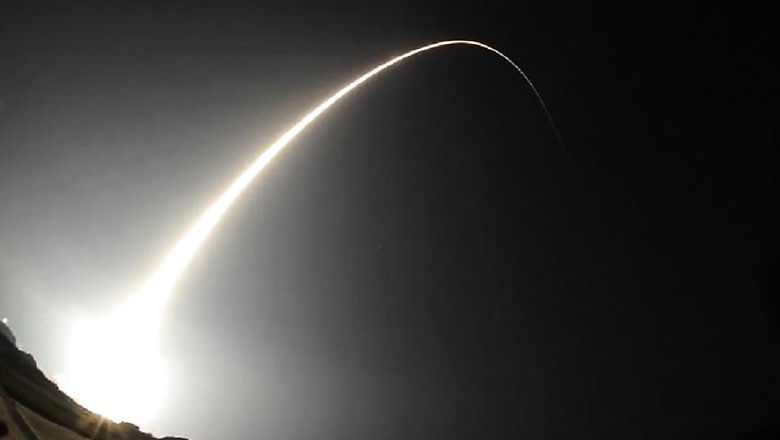
views
An experimental Japanese probe has failed in its mission to clear space junk from the Earths orbit, media reported.
While Japan Aerospace Exploration Agency's H-II Transfer Vehicle Kounotori 6 (HTV6), launched on December 9, 2016, successfully delivered supplies to the International Space Station (ISS), it failed to achieve one of the mission objectives of removing space debris.
The space cargo ship left the ISS on January 28 and re-entered the atmosphere on Monday, Japan Aerospace Exploration Agency has confirmed.
Following undocking, the scientists expected to eliminate space debris on low-earth orbits with the Kounotori Integrated Tether Experiments (KITE), an on-orbit demonstration of electrodynamic tether on HTV.Also read: New Entrant in Space Exploration, Faster Transportation: Dassault Systems
The hope was that the clutter would eventually enter the Earth's atmosphere and burn up harmlessly before it had a chance to crash into the planet, The Guardian reported.
But problems in the 700-metre tether developed soon after undocking and technicians could not fix the problems before the space cargo ship's re-entry.
"We believe the tether did not get released," leading researcher Koichi Inoue was quoted as saying.
"It is certainly disappointing that we ended the mission without completing one of the main objectives," Inoue added.Also read: Launch of Mini Rocket Postponed by Japan Space Agency Because of Wind




















Comments
0 comment